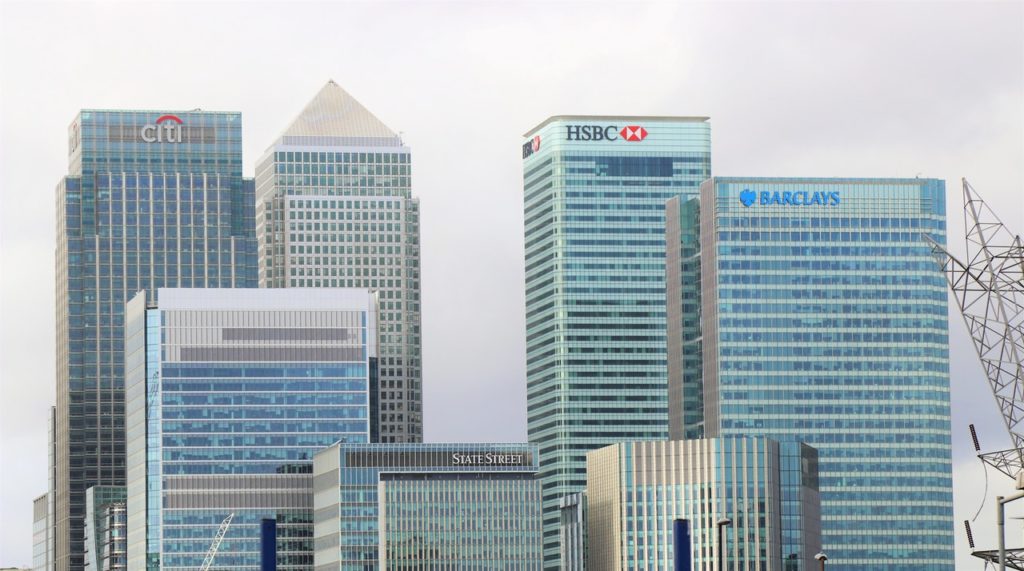
What is a central bank? It is an institution that manages the currency of a country and controls the supply of money.
Nearly every country has a central bank. It is sometimes called a reserve bank. There are nine countries that don’t have one. They are Andorra, Isle of Man, Kiribati, Marshall Islands, Micronesia, Monaco, Nauru, Palau, Panama, and Tuvalu. That means that all the rest of the countries in the world do have a central bank. So, what is a central bank and what does it do?
Central banks are independent institutions that are not directly controlled by the government in charge of the country at any one time. The idea behind this is that they can’t be used for the benefit of any one political party. They have two main jobs. They are in charge of monetary policy. They regulate the commercial banks.
The role of the central bank is to keep the economy moving, which means ensuring that prices are stable, people are employed, and the economy is growing. The main way they do this is through interest rates and they manipulate interest rates to control inflation. Inflation is when prices rise. This is good because it means that the economy is growing and as long as wages rise at the same rate as inflation, people’s purchasing power doesn’t change. The problem comes when inflation goes too high. If inflation goes too high, the value of people’s savings decreases and people cannot afford to buy things, which means the economy stalls. Companies have to increase salaries while not being able to sell their products and they have to make people unemployed. High inflation can lead to a recession. Most central banks aim to keep inflation at 2%, which is the optimal number. To do this, central banks have the ability to change interest rates, which affects the amount of money available to the market. The interest rate is the percentage that people and companies have to pay a bank in return for a loan. If inflation is too low, the central bank can lower interest rates, which means people and companies borrow more money, which increases the supply of money in the market and inflation rises. Conversely, if inflation is too high, the central bank can raise interest rates, which stops people borrowing money, which reduces the supply of money in the market, and brings inflation down.
The second main role of central banks is to regulate all commercial banks in that country. The central bank makes sure all of the banks follow the agreed rules of banking, but more than that, they set the reserve limit. This is the amount of money that all banks must have available at any time. When you save money in a bank, the bank invests the money to make a profit. They don’t want the money sitting in a vault because then it doesn’t make any money for them. Banks would invest 100% of the money available to them, if they could. However, when people want to withdraw money, the bank has to turn the investments into cash. If many people want to withdraw money at any one time the bank may not be able to find enough cash quickly, which can cause a panic and a run on the bank. To prevent this, the central banks decides how much all of the banks have to have available.
If there is a panic and people rush to take their savings out of the banks, the central bank can loan money to the banks that don’t have enough available money to cover the withdrawals. The central bank’s primary role is stability in the market and a panicked run on the banks doesn’t help stability. This has happened several times throughout history and without the central bank making funds available, some commercial banks could collapse. The ramifications of this would be worse than propping up the bank with public money. The central bank needs a lot of money to be able to do this and the American Federal Reserve (the central bank) can access $238 billion in gold, money, and foreign reserves at any one time.
Banking has been around for thousands of years, but the idea of a central bank only started in 1609 with the founding of the Bank of Amsterdam. The Bank of England was founded in 1694 and most modern central banks have been modelled on that system. The Bank of England did revolutionize the way countries controlled their money, but it was actually set up to allow King William III to borrow money to fight a war.
So, what is a central bank? It is a financial institution that regulates commercial banks within a country and controls interest rates to try to control inflation. And this is what I learned today.
Sources
https://worldpopulationreview.com/country-rankings/countries-without-central-banks
https://en.wikipedia.org/wiki/Central_bank
https://www.ecb.europa.eu/ecb/educational/explainers/tell-me/html/what-is-a-central-bank.en.html
https://www.investopedia.com/terms/c/centralbank.asp
https://www.thebalance.com/what-is-a-central-bank-definition-function-and-role-3305827
https://worldpopulationreview.com/country-rankings/countries-without-central-banks
